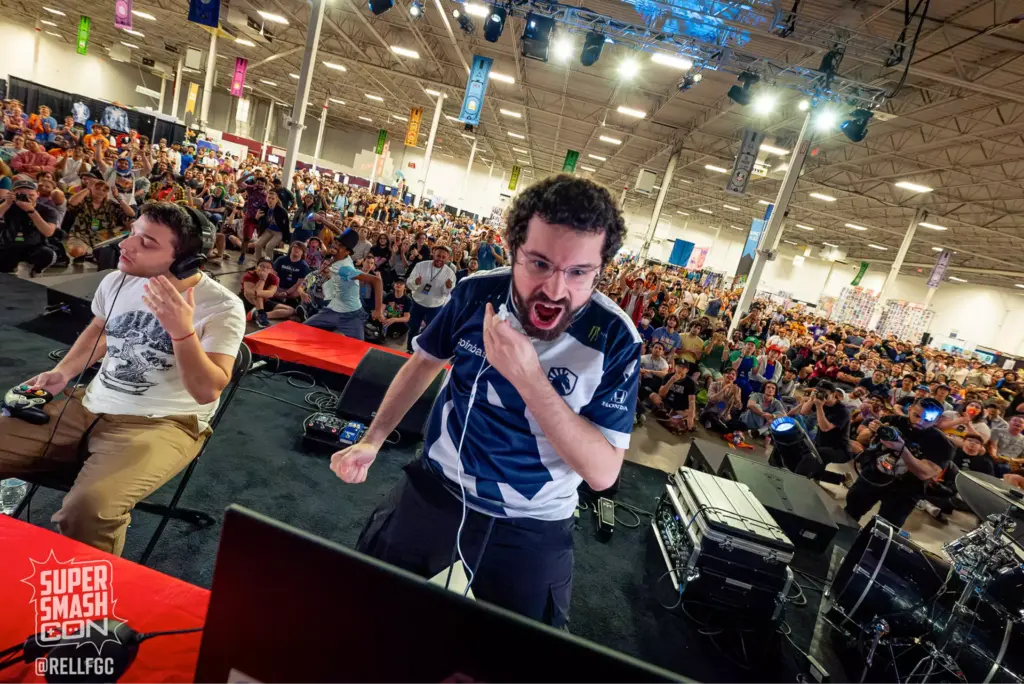If there’s one esports community that’s misunderstood more than others, it’s Super Smash Bros.
Tournaments can seem like the Wild West of the esports scene for those familiar with the organised, structured arena shows and circuits for League of Legends and Counter-Strike 2. Pro players walk up and down aisles, make bets on upcoming matches, and grind in friendlies surrounded by stacks of cash they won from beating fans.
There’s no press section, no high production value and no barriers between the players and fans. Some matches between Smash gods even happen a few feet from spectators, just one console over.
An Esports Scene Driven By Passion
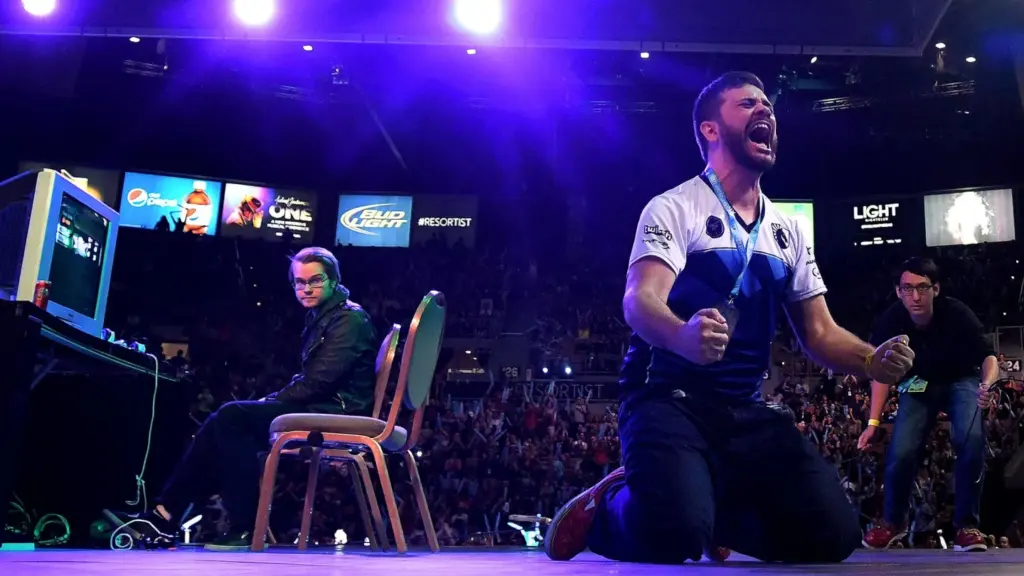
Super Smash Bros. (Melee, Ultimate and even others like Brawl, 64 and Project M — a modded version of Melee that competitors often play in secret to avoid Nintendo’s wrath) has often been called a ‘grassroots’ esport despite being around since the ‘90s. That’s because the scene is largely funded by its own fans.
Nintendo, unlike Riot Games and Valve, has not just refused to support Smash esports but, at times, actively attempted to dismantle it.
Throughout the years, Nintendo has tried to stop tournaments from happening. It has also never fixed the game’s rollback netcode, making even online tournaments a lot trickier than other titles. It has applied strict guidelines, pulled the title out of big events like Evo, attempted to sue streamers hosting tournaments on Twitch and sent cease and desist letters to tournaments using emulated versions of its games.
Nintendo also doesn’t financially support any of the tournaments. This has left tournament organisers to raise its money for prize pools, sometimes through crowdfunding. The prize pools are notoriously small — with even most top pros unable to earn a living in the game after winning just a few thousand bucks each time they grind their way to the Grand Finals.
Many popular annual tournaments have been forced to shut down in recent years due to struggling finances.
After accepting the reward for an absent Joseph ‘Mang0’ Marquez at the first annual Streamer Awards in 2022, Juan ‘Hungrybox’ DeBiedma roasted his long-time rival and then Nintendo.
“[Mang0] did a lot more than a certain company called Nintendo did,” he said. “I’m hoping this year, with the circuit they’re doing, I’m hoping they finally give us the chance we never had. Even though we’re not at Evo or at a lot of events, it’s a beautiful game and deserves to shine. Hopefully, this game lives on another 20 years.”
That circuit, the Panda Cup, was Nintendo’s only attempt to support Smash esports — ultimately harming it even more in the end. The Panda Cup never happened after Nintendo sent a cease and desist to the Smash World Tour Finals, a tournament pros had been grinding towards all year. Instead, the Smash community boycotted the Panda Cup, and everything fell apart in a very dramatic way.
Smash esports was alone once again, left even more broken. And broke.
While this may sound like the end for most esports, Smash continued to thrive, even with no money. Why? Smash isn’t an esport that relies on sponsors, massive prize pools, and any other extensive ecosystem. Instead, it relies on the passion of the players and the fans. And perhaps their stubbornness and spite in the face of Nintendo.
The Good
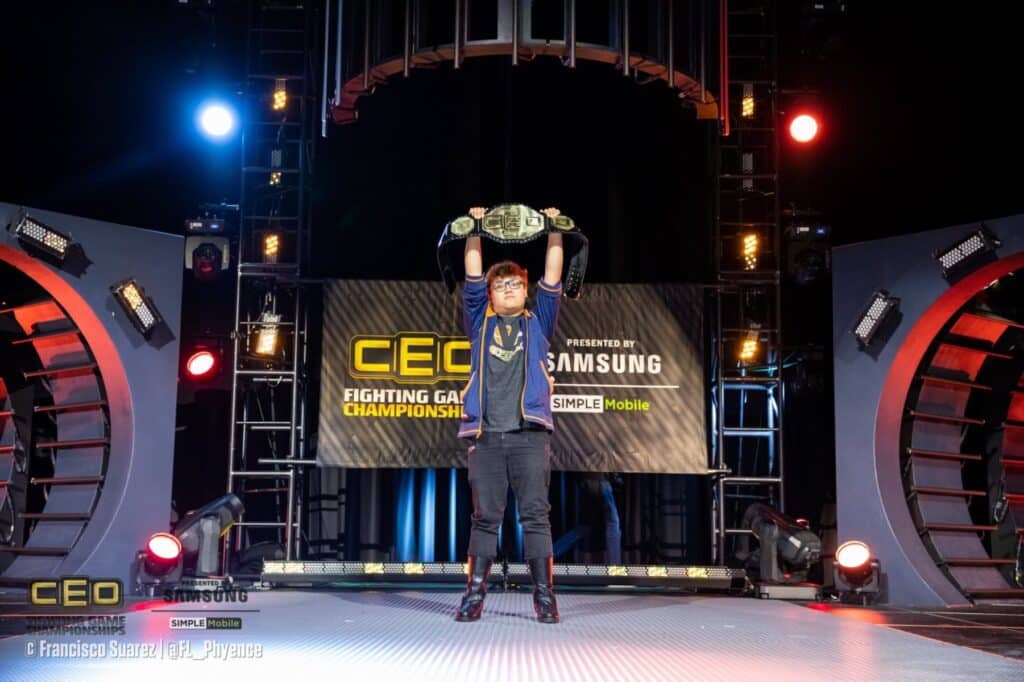
Even the largest Smash tournaments of the year only offer a few thousand dollars to the winner.
Still, pros grind all year and give these tournaments their all just for the glory of climbing the ranks and proving themselves in front of fans. This has created an esport that’s fuelled by passion alone.
Watching Smash players fall to their knees and weep on stage after a hard-earned victory, throw chairs, scream until they almost pass out, and do cartwheels after beating a rival are moments that often hit harder than the staged victory poses in other tournaments. Smash has even coined the phrase ‘pop-off’ to explain this phenomenon — pros throwing controllers, dancing and jumping when they win a big match or serious tournament.
It’s the culmination of a weekend of intense competition, a year of grinding, just to say you’re the best in that moment. That kind of passion has made Smash stand out for many in the fighting game community and beyond.
Without Nintendo’s support, the Smash community has often come together to keep the scene alive, even thriving. Hungrybox has often hosted his own online tournaments with pretty exciting prizes, and streamer Ludwig Ahgren has offered to pay for the flights of talented pros who can’t afford to get to Supernova 2025. It’s the type of wholesome determination and community support that can’t be found in almost any other esport, not even other fighting games. This is just true grit — players and fans wanting to keep Smash alive at all costs, even laying down their own money to do it.
It’s this unwavering passion — and compassion — from players and tournament organisers that makes attending Smash events feel extremely special. It’s an event that is solely functioning because everyone wants it to. It’s an event that’s made for the Smash community and nobody else.
From massive crowds forming for the Ultimate Top 8 to small, stuffy rooms packed with the top N64 players just vibing and competing, the aura of a Smash event is unmatched.
Without any publishers or other major names involved, the events are also lacking in rigid regulations. Every tournament organiser creates its own rules, but it is often very lenient when it comes to betting, money matches and pros mingling with fans.
It’s one of the only titles where you can have a casual chat with a top player, get their autograph on a controller or watch them practice a few inches in front of you. This is quite a special phenomenon compared to how structured and strict a lot of other tournaments and circuits have become.
The Bad
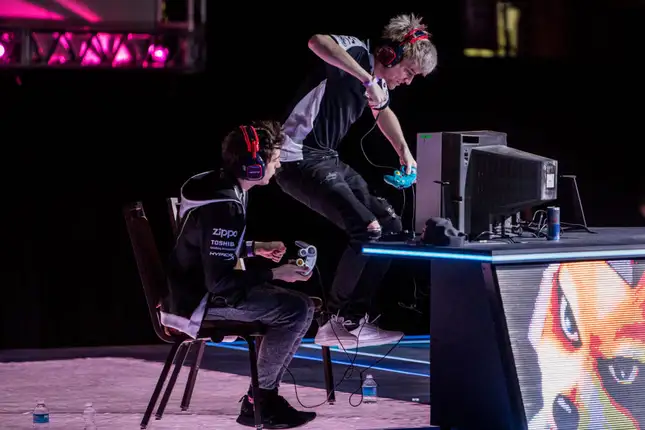
Honestly, the things that make Smash good are also the things that make it bad.
While Nintendo’s lack of funding has brought the community together, it has also shone a light on the unfortunate truth: a lot of players can’t even afford to fly to events.
Up until a few years ago, Hungrybox had a full-time job outside of Smash despite being considered one of the best players for decades. Grinding all year, labbing for hours a day and competing in intense matches all weekend — just for $2,000 — is a slap in the face for a lot of Smash pros.
It has also made the entry into Smash esports challenging. On top of getting to the top players’ ridiculous skill levels, new players have to find a way to practice all year and then fly to events where they may not even make it to the Top 64.
It’s obviously not the most financially viable to spend hours a day grinding and then fly out to events with no promise of any money coming your way. This is likely one of the reasons that Smash esports hasn’t seen a lot of growth compared to other esports.
The passion of the Smash community has also been seen as good and bad. While Smash fans will spend hours playing the game, watching streams and discussing the game all over the internet, it can also become quite toxic at times. Some pros have even backed away from the scene due to the pressure and harassment from the community.
The lack of rules is another good thing that has also turned bad at times. Riot Games, Blizzard and Valve have rules and regulations across entire organised esports circuits, whether it is run directly by the developer or not. Meanwhile, each Smash tournament is hosted by a different entity, with different rules and regulations. This has left a bit of lawlessness in the esport that other titles don’t experience.
Some tournaments may choose to ban certain players while others don’t, including competitors who have even partaken in dangerous and violent acts.
The scene was heavily impacted by this lawlessness in 2020 when individuals started revealing all of the Smash pros, players, streamers and casters that acted inappropriately at events. This includes allegations of assault, grooming, racism and transphobia. While some individuals in the Smash scene have continued to claim innocence, others have admitted to questionable behaviours.
Either way, the sheer amount of stories from tournaments was quite jarring for the Smash community and the FGC at large. A lot of fighting games even wanted to disassociate from Smash after this.
Since then, the community has shown both signs of remorse for what potentially went down as well as support for some of the banned players. One example is Mang0, who recently harassed female streamers during a Ludwig broadcast. Some in the community called for him to be punished for his drunken behaviour, while others felt it wasn’t a big deal and that he was still safe to have at tourneys. As a result, some tournaments have banned him, while others have not made a statement yet.
This shows how the Smash community’s range of opinions can have consequences compared to other esports titles. In fact, most other titles wouldn’t even be listening to community opinions and would enforce blanket rulings.
Instead, Smash will often use the public court to make decisions, including the infamous decision to ban now-deceased Abdulaziz ‘HAX$’ Al-Yami after the community piled on him for creating conspiracy videos and making possible threats towards another pro. Later on, part of the community blamed themselves for HAX$’s passing, remembering how he’d begged to be accepted to compete once more.
Is Smash Bad For the FGC?
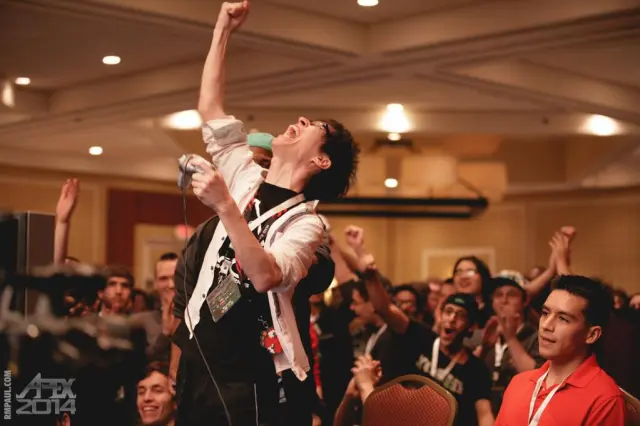
While Super Smash Bros. esports needs to find a way to tighten its rules and be more cohesive across tournaments, the Smash scene is largely a positive for the FGC.
It shows the passion, grit and determination of fighting game players like no other scene can. Fans’ unwavering love of the game and support for one another have made Smash an incredible community to be a part of.
Like a lot of esports communities, there are a few bad apples. For Smash, these bad apples can seem more prominent and concerning due to a lack of regulations. However, these individuals are not the majority of the community. While there needs to be a better way to keep the community accountable as a whole, the Smash scene is overall just brimming with passion, excitement and support that can’t be found elsewhere.
Nintendo’s attempt to end Smash esports has only strengthened it and made it even more detrimental to the FGC ecosystem. Smash may not be at Evo, but it’s in the back of every FGC fans’ minds. For better or worse.
The post Is Smash esports bad for the FGC? appeared first on Esports Insider.

